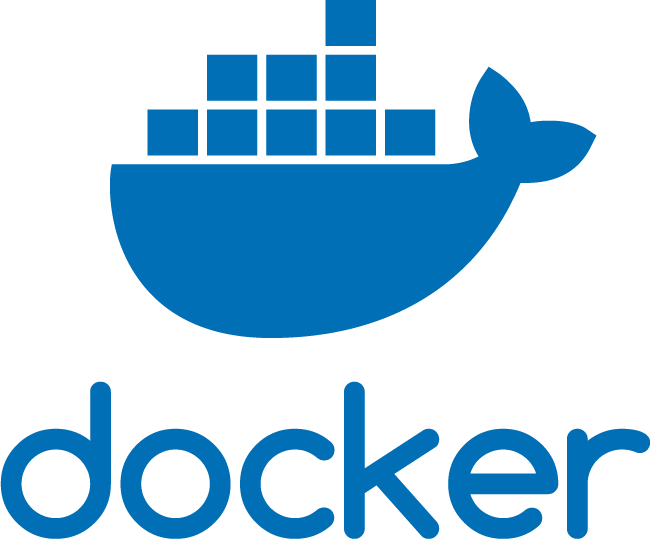Docker is one of most famous container platform.

Its core elements are the following:
- image: read-only template containing a runtime environment
(application libraries and application itself)
- container: an instance of an image, for running application isolated from others even if sharing the same host OS
- registry: repository where you can store images; it can be private or public. Docker Hub is the public registry used by the community.
How isolation between containers is achieved?
Through some features of Linux Kernel:
- cgroups: limit resources consumption by the processes belonging to specific containers
- namespace: each container belongs to a namespace, and can see the resources placed in that namespace. Resources are: network interfaces, IPC resources, process id list ecc..
- SELinux: protects the host from the containers running on it
Let's review Docker basic commands.
Pull the latest image of Ubuntu from Docker Hub:
docker pull ubuntu
Pull the bionic image of Ubuntu from Docker Hub:
docker pull ubuntu:bionic
View the list of pulled Docker images:
docker images
Delete an image:
docker rmi <image_id>
Start new Docker container from ubuntu:bionic image, name it myubuntu, and run it in background:
docker run -d --name myubuntu ubuntu:bionic
Start new Docker container in interactive mode:
docker run -it --name myubuntu ubuntu:bionic /bin/bash
Stop Docker container:
docker stop myubuntu
Start an existent container
docker start myubuntu
Restart a container:
docker restart myubuntu
Delete container:
docker stop myubuntu && docker rm myubuntu
Expose a port on host from docker container:
docker run -it --name mynginx -p 3000:80 nginx
Access running container:
docker exec -it myubuntu /bin/bash
List details of running or stopped container:
docker inspect myubuntu
Exiting from a container:
exit
List all containers:
docker ps -a
Mount a host directory inside container:
docker run -d -v /host/dir:/container/dir ubuntu
No comments:
Post a Comment